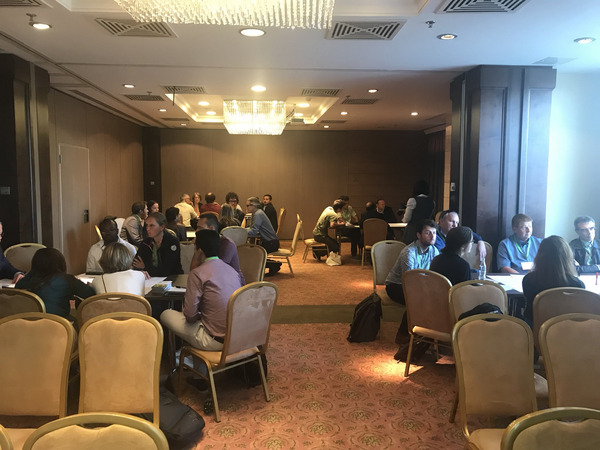Why a network?
Crop diversification experiences are diverse by nature because they are tailor-made to local contexts in terms of selected crops, crop diversification strategies, value chain organisation, etc. So each experience with crop diversification is specific and context-dependent. There is a need to share successful experiences but also to understand which generic lessons can be drawn so as to be able to implement successfully crop diversification in other contexts.
Barriers to crop diversification exist all along value chains and within sociotechnical systems and they can only be overcome if all actors adapt their practices in a coordinated manner over time. Such adjustments and the urgency to address global challenges require huge steps in terms of exchange and coordination compared to conventional sociotechnical systems and necessitate mobilizing all resources possible.
Challenges
- Crop diversification concerns the whole supply chains (from farmers to consumers), not only primary production;
- A global health approach is needed, involving ecosystem, animal and human health
- Any organizational structure should be appealing enough to set in motion the interest of public players; the research cluster is a good start but not sufficient;
- Maintaining a network requires time and effort, as well as leadership which cannot be provided by the scientific community alone;
- It is paramount to go beyond the EU and share experiences with other continents;
- While the current funding of projects helps initiate joint cluster activities, one needs a funding strategy for longer term networking activities.
Possible objectives
- Share knowledge and experiences of crop diversification to get inspired (even if experiences cannot be duplicated);
- Draw generic lessons from local experiences - needs a methodological framework, so research is concerned;
- Identify barriers at all levels and address them through a co-innovation approach;
- Link actors along value chains and facilitate matchmaking, both globally and for specific value chains/products;
- Accompany actors towards diversification with existing crops but, at the same time, support pioneers exploring brand-new crops and developing new uses,
- Create synergies and develop collaborative projects;
- Find policy mechanisms that really speed up the process
Success factors
- Gives motivation to farmers and other actors in the value chain;
- Develops a sense of identity;
- Builds on existing networks/groups (H2020 MAA projects, Operational Groups related to crop diversification)
- Is built on common objectives (among partners in the cluster);
- Considers farmers exchange programs (similar to what is done for students with Leonardo, Erasmus +?)
- Acknowledges that it is a slow process, so it needs time.
Who should be involved?
- Consumers and citizens to be informed of stakes (clearly distinguishing between the role of consumers and of citizens in this regard).
- Farmers whose needs are central;
- Middlemen in value chains as a lot of power resides in the various middlemen;
- Corporate Social Responsibility and Public Policy are complementary and both necessary when it comes to developing measures fostering crop diversification;
Governance
- Networks should not rely only on a few individuals; it has to survive if some leave or come in;
- Members should be convinced of the relevance of tools and goals;
- It might be useful to structure the network in subnetworks (farmers, scientists, policy, citizens, business)
- Special attention should be paid to target young generations of farmers.
Tools
- Consolidate, develop and open the cluster website;
- Social networks/Digitalisation of outputs;
- Create a “Crop Diversification Gate” (such as ResearchGate, where projects/experiences/data/reports to facilitate interactions and matchmaking,
Next steps:
- The cluster is going to populate the cluster website in the coming months with outcomes of the conference and results from the different projects;
- Contacts at the international level to create exchanges are being initiated with China and USA.
- Strategies for ensuring the cluster legacy will be further discussed in 2020.
Links
europa.eu: Further information on the EIP-AGRI workshop in Almere

 Souhaitez-vous ajouter le site web à l'écran d'accueil ?
Souhaitez-vous ajouter le site web à l'écran d'accueil ?